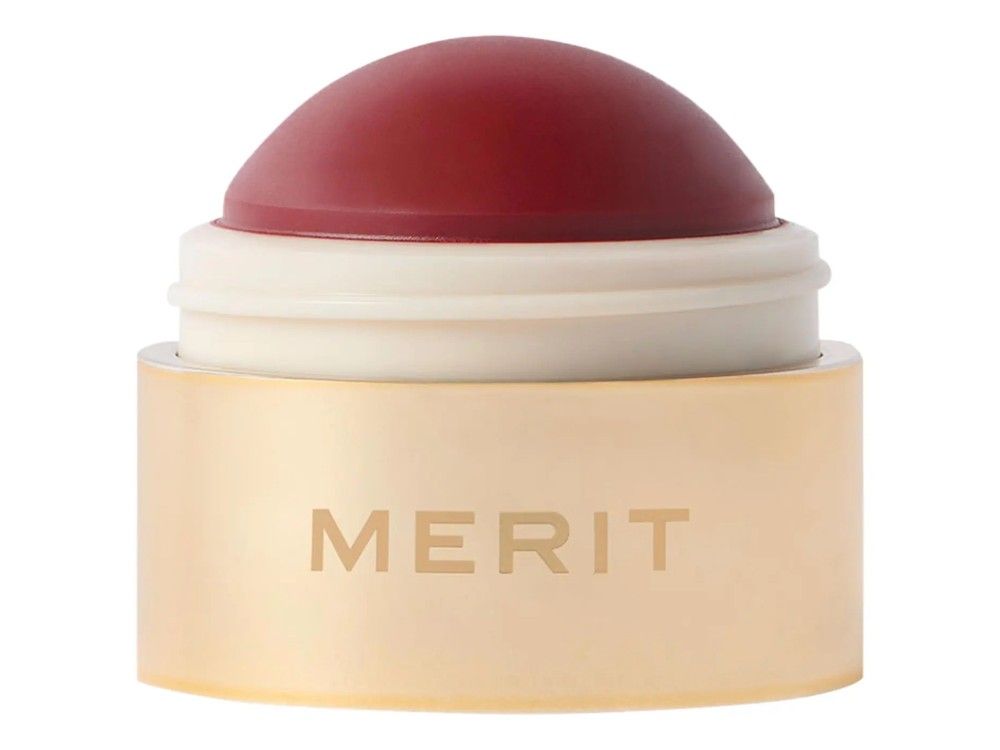Published Jan 10, 2025 • 3 minute read

Thrifting and second-hand decor buying are poised to shape 2025, driven by a growing movement that celebrates individuality, affordability, and eco-conscious design
Advertisement 2
THIS CONTENT IS RESERVED FOR SUBSCRIBERS ONLY
Subscribe now to read the latest news in your city and across Canada.
- Unlimited online access to articles from across Canada with one account.
- Get exclusive access to the Toronto Sun ePaper, an electronic replica of the print edition that you can share, download and comment on.
- Enjoy insights and behind-the-scenes analysis from our award-winning journalists.
- Support local journalists and the next generation of journalists.
- Daily puzzles including the New York Times Crossword.
SUBSCRIBE TO UNLOCK MORE ARTICLES
Subscribe now to read the latest news in your city and across Canada.
- Unlimited online access to articles from across Canada with one account.
- Get exclusive access to the Toronto Sun ePaper, an electronic replica of the print edition that you can share, download and comment on.
- Enjoy insights and behind-the-scenes analysis from our award-winning journalists.
- Support local journalists and the next generation of journalists.
- Daily puzzles including the New York Times Crossword.
REGISTER / SIGN IN TO UNLOCK MORE ARTICLES
Create an account or sign in to continue with your reading experience.
- Access articles from across Canada with one account.
- Share your thoughts and join the conversation in the comments.
- Enjoy additional articles per month.
- Get email updates from your favourite authors.
THIS ARTICLE IS FREE TO READ REGISTER TO UNLOCK.
Create an account or sign in to continue with your reading experience.
- Access articles from across Canada with one account
- Share your thoughts and join the conversation in the comments
- Enjoy additional articles per month
- Get email updates from your favourite authors
Article content
Article content
Recommended Videos
Article content
Did you know that over one billion pounds of furniture end up in Canadian landfills each year? This dramatic data highlights a growing problem in interior design: the rise of “fast decor,” the homeware equivalent of “fast fashion.” Like its clothing counterpart, it prioritizes low-cost, low-quality and fleeting trends over durability, resulting in disposable items that quickly fall out of favour. In response, many homeowners are embracing thrifting and second-hand decor shopping as a way to introduce style and sustainability into their spaces.
This shift from throwaway trends represents a movement toward more intentional design choices. Decorating with pre-loved treasures offers a slower, more curated approach to personalizing a home. Even major retailers are responding to this change. IKEA, for example, has a buy-back program that allows customers to return used furniture for store credit.
By signing up you consent to receive the above newsletter from Postmedia Network Inc.
Article content
Advertisement 3
Article content
“This helps our customers make their next purchase more affordable while their used furniture finds a new home. The product we buy back is then either sold within our AS-IS department, or it is donated to Furniture Bank, a Toronto based social enterprise that is dedicated to alleviating furniture poverty across Canada. Last year alone, we saw a 36 per cent increase in our Sell-back program,” says Helene Loberg, Head of Sustainability at IKEA Canada.
While second-hand items often come with the perk of affordability, thrifting offers something deeper. Vintage pieces carry a sense of history and a unique charm that mass-produced decor can’t replicate. Whether it’s a mid-century modern chair, a brass lamp with a rich patina, or an ornate antique mirror, these pieces can add character and depth to a home.
Advertisement 4
Article content
One of the most exciting aspects of thrifting is the creative flexibility it offers. Combining pieces from different eras creates dynamic interiors that reflects personal style. “Mirrors and lighting are our go-to vintage pieces to add into a modern space,” notes Katy Mitchell, senior interior designer at Sansa Interiors. “They’re staples that bring warmth and charm to contemporary designs.”
Before stepping into the world of thrifting and second-hand shopping, preparation is key. Interior designer Diana Bastone advises assessing the needs of your home first. “Before heading to markets, thrift stores, or online platforms, have a clear idea of what you’re looking for. Identify gaps in your decor—whether it’s a statement piece for your living room or a unique bedside table. Staying focused helps avoid buying items that don’t fit your space.”
Advertisement 5
Article content
And, when it comes to buying used not all items are created equal, so learning to identify quality is essential. Look for solid wood construction, dovetail joints, and sturdy fabrics when browsing furniture. Avoid items with extensive damage unless you’re prepared for a DIY project. Wendy Iadeluca, an Ontario-based Poshmark seller, advises, “Take your time when sourcing and do your research to ensure you’re investing in good-quality pieces. Apps like Posh Lens and Google Lens are invaluable for making the process more efficient.”
Thrifting and buying second-hand is not just about shopping—it’s about patience and discovery. The perfect piece may not appear on your first visit, but regular browsing sharpens your eye and increases your chances of uncovering hidden gems. Over time, this process becomes less about acquiring items and more about developing a deeper appreciation for design and craftsmanship. Resulting in a home that has been perfectly curated to your taste.
Advertisement 6
Article content
Whether you’re hunting for a antiques or rethinking your approach to decorating, shifting away from passing fads fosters a more meaningful and intentional design ethos. As even major brands adopt eco-conscious initiatives, it’s clear that thoughtful choices—whether vintage or second-hand—are shaping the future of interiors. Happy hunting and remember: the most meaningful decor isn’t just visually stunning—it tells a story and stands the test of time.
What’s the difference between thrifting and second-hand shopping?
Thrifting and buying second-hand furniture share similarities but differ in approach. Thrifting focuses on affordable, unique finds from thrift stores or flea markets, emphasizing the thrill of discovery. Second-hand shopping includes a wider range of sources, like estate sales or online marketplaces, often offering higher-end or curated pieces.
Article content
.png)
 5 hours ago
5
5 hours ago
5


































 Bengali (BD) ·
Bengali (BD) ·  English (US) ·
English (US) ·